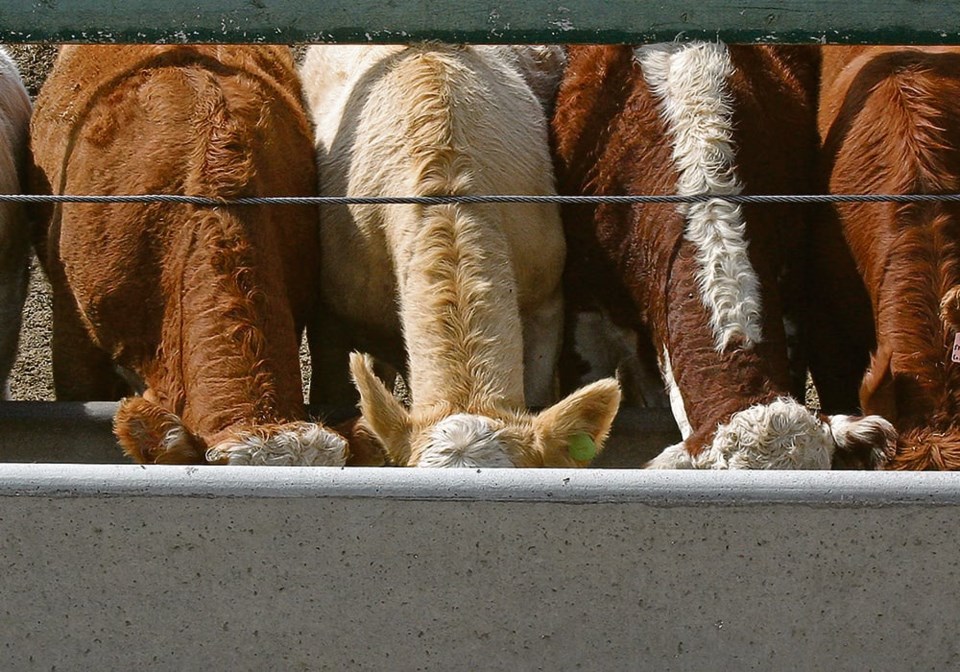WESTERN PRODUCER — Canada’s cattle market is looking bullish in 2023 as feeders are at their highest price ever for January and as margins start tightening up for packers while inventories continue to fall across North America.
“We’re starting off new year 2023, in terms of western Canadian feeder cattle and lighter feeder cattle prices very strong,” said Anne Wasko, market analyst at Gateway Livestock.
Average prices for January on 850 pound and 550 lb. weight steers are at record highs for the month at $2.42 and more than $3 respectively, said Wasko.
“The supply story is what we’re going to be talking about through 2023 and that shouldn’t come as any big surprise to anyone involved in the Canadian cattle industry,” she said. “We continue to see the cow herd get smaller each year over a number of years.”
The situation regarding inventories didn’t get any better in 2022 as nearly 10 percent more heifers went on feed instead of being held back as replacements, which comes on top of the 16 percent more that followed the 2021 season.
“It just continues to shrink up the supply when we continue to feed heifers versus keeping them in the herd for any type of expansion or for even stabilizing the cow herd. We haven’t even done that yet,” said Wasko. “Bottom line, we need profitability in the sector, especially the cow-calf sector, to change that action.”
While higher prices across the board will help the issue, the other factor will be weather in 2023.
“You need both pieces working; Mother Nature on your side, grow some grass and fill some dugouts and these prices also need to perform with these added costs that we’re dealing with in terms of inflationary cost across the board,” said Wasko. “But it sure feels like we’re heading in the right direction.”
That includes moisture conditions, which appear to be improving across Alberta and Saskatchewan including areas that suffered from drought not only in 2021 but also saw only slight improvement last year.
“If you were talking to a cattle feeder in Western Canada, especially in southern Alberta, you’re going to hear the story of record high feed costs in terms of costs of gain at the feedlot,” said Wasko. “That part hasn’t changed from where we would have been last winter, this winter.”
The potential of better pasture and crop conditions this year could change that dynamic by the fall run.
“But until we get there, until we grow that crop, until we feel very confident it’s coming, we’re still looking at very inflated feed prices in terms of cattle feed at feedlot-type rations,” said Wasko.
As for cow-calf producers, feed costs aside, Wasko said the dwindling inventories and continued demand will drive prices upwards.
That situation is also anticipated to give those producers some leverage on the packing and retail sector.
“We’re looking at favourable prices and hopefully that will lead to some profitability in the year ahead,” said Wasko.
According to released last August, Canada has its lowest number of cattle in the last 35 years.




